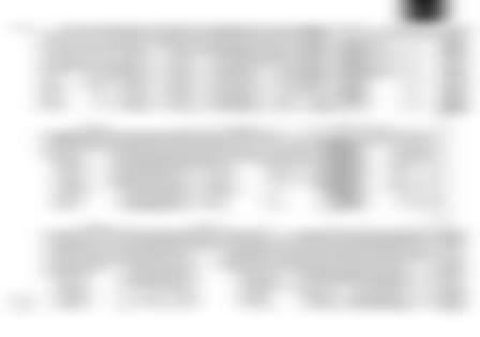OBJ_DOKU-37427-001.fm Seite 66 Dienstag, 6. August 2013 8:47 08
Transport and storage
8
General Engines contain the following types of corrosion protection: ● Interior corrosion protection ● Exterior corrosion protection Your DEUTZ partner has the right corrosion protection agent for your needs. The following measures for corrosion protection after taking the engine out of operation meet the requirements for 12 months corrosion protection. The following corrosion protection work may only be carried out by persons familiar with it and instructed in the potential dangers. If these measures are deviated from by exposing the corrosion-protected engines or parts to unfavourable conditions (installation outdoors or storage in damp, badly aired places) or damage to the corrosion protection layer, a shorter corrosion protection duration is to be expected. The engine corrosion protection should be checked about every 3 months by opening the covers. If corrosion is detected, the corrosion protection should be renewed. At the end of the corrosion protection work the crank drive may no longer be turned so that the corrosion protection agent in the bearings, bearing liners and cylinder liners is not scraped off. Before operating a corrosion protected engine, the corrosion protection must be removed. Interior corrosion protection ● Interior corrosion protection is always provided by wetting of the walls with the implemented cor-
66
Engine corrosion protection rosion protection agent in a corrosion protection run of the engine. ● The corrosion protection run can be performed once to protect the different systems: Fuel system Close the fuel/tank/supply line to the engine so that the system is protected against dirt and dust. Protect the electronics against moisture and corrosion. ● Fill the fuel tank with a mixture of: – 90 % distilled fuel – 10 % corrosion protection oil. ● Perform a corrosion protection run with no load for at least 5 minutes. Lubricating oil system ● Drain lubricating oil from warm engine. ● Thoroughly clean lube oil tray, cylinder head with rocker arms, valves, valve springs with diesel fuel or cleaning agent. ● Fill the engine with corrosion protection oil up to the MAX mark and perform a corrosion protection run for at least 5 minutes so that all the components of the lubricating oil system are wetted or wet all accessible parts with corrosion protection oil and pump corrosion protection oil through the engine with a separate pump until all bearings and bearing liners are wetted.
● Cooling air system, see the Exterior corrosion protection section. ● In engines of the oil-cooled series the circulating lubricating oil serves simultaneously for cooling. The cooling chambers are protected automatically against corrosion with the lube oil system. ● If a coolant with corrosion protection properties is poured into liquid-cooled engines, no further action is necessary after draining. ● If not, the coolant must be drained and, to ensure the formation of a covering layer on the inside surfaces of the cooling system, a corrosion protection run performed with a mixture of: – 95 % treated water – 5 % corrosion protection agent ● The duration of the corrosion protection run and the concentration of the corrosion protection agent are specified by the manufacturer of the corrosion protection agent. ● Then drain the coolant. Air intake pipes ● After the corrosion protection run, remove the cylinder head cover and deinstall injectors. The respective piston must be set to LT. ● The accessible part of the cylinder liner should be coated with corrosion protection oil with a spray lance through the opening. ● Spray corrosion protection lubricating oil into the suction intake pipe.
Cooling system
Exterior corrosion protection
● Depending on the series the engines are equipped with cooling air, cooling oil or cooling fluid system (cooling water with cooling system protection agent).
● The engine must be cleaned thoroughly with a cleaning agent before exterior corrosion protection. Any signs of corrosion and damage to the paintwork must be removed.
© 2013






